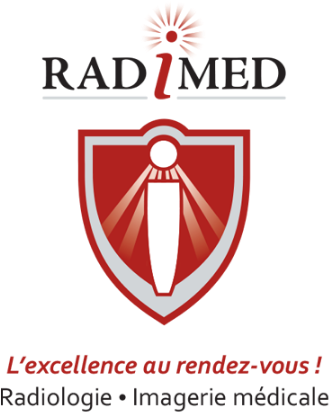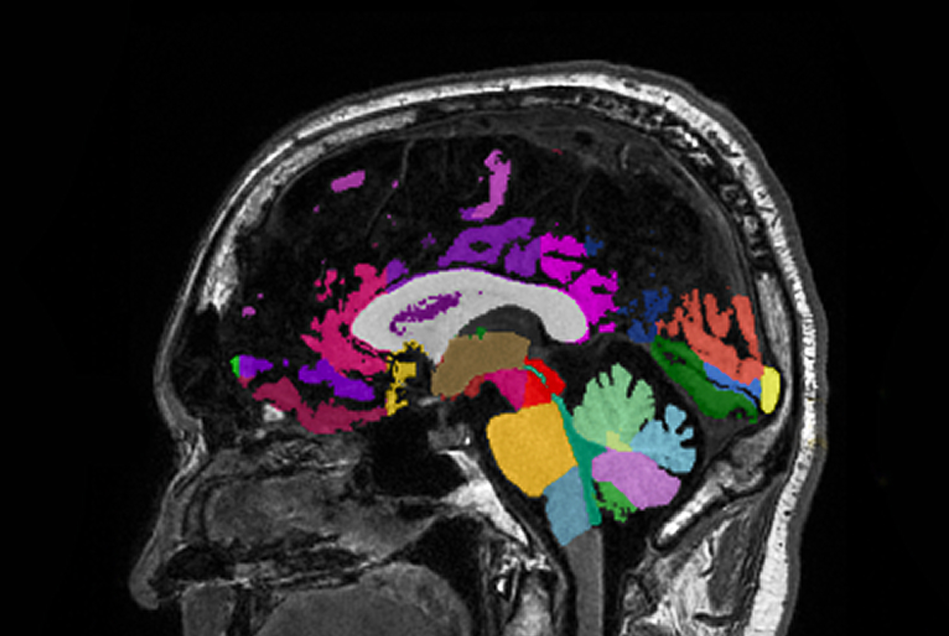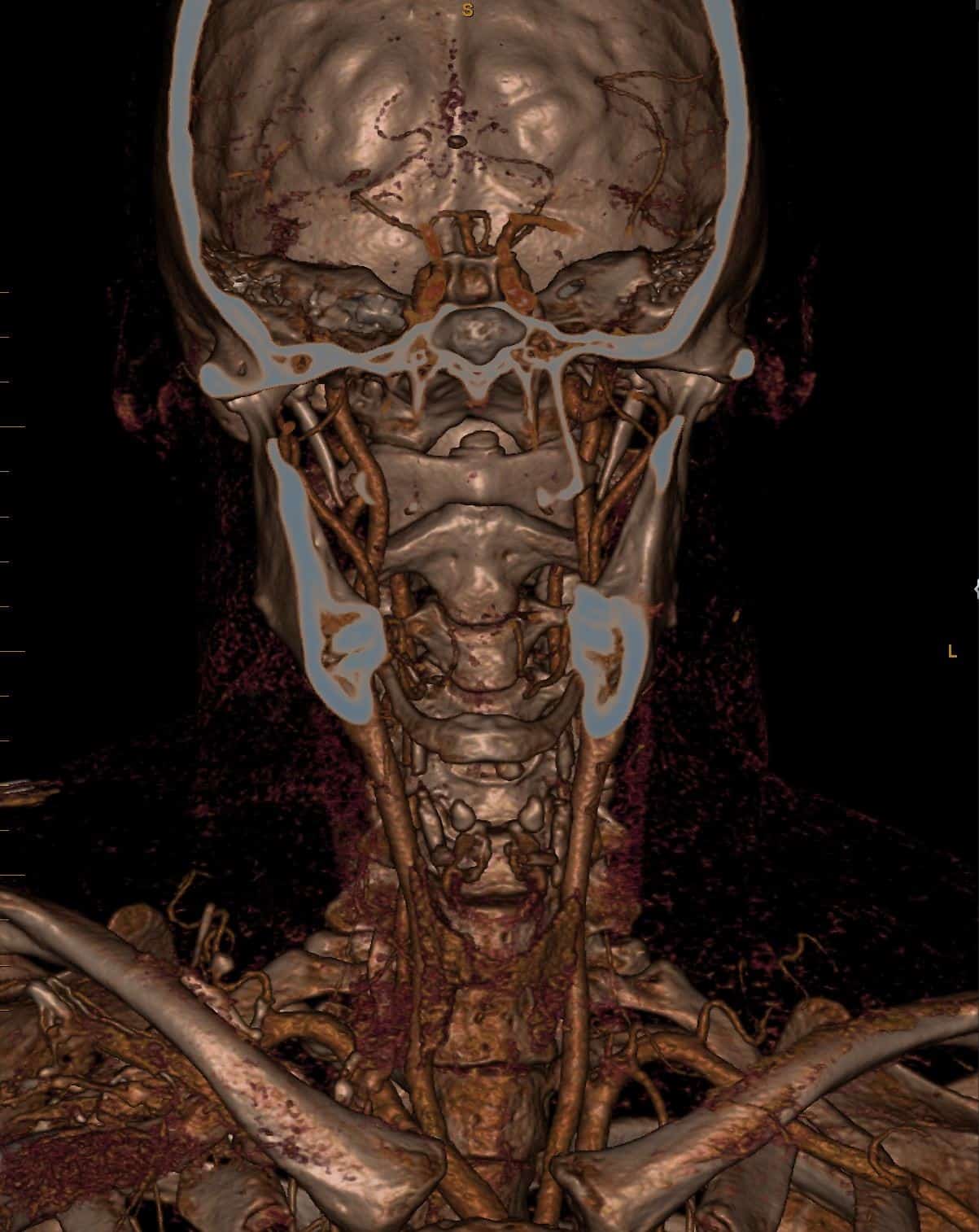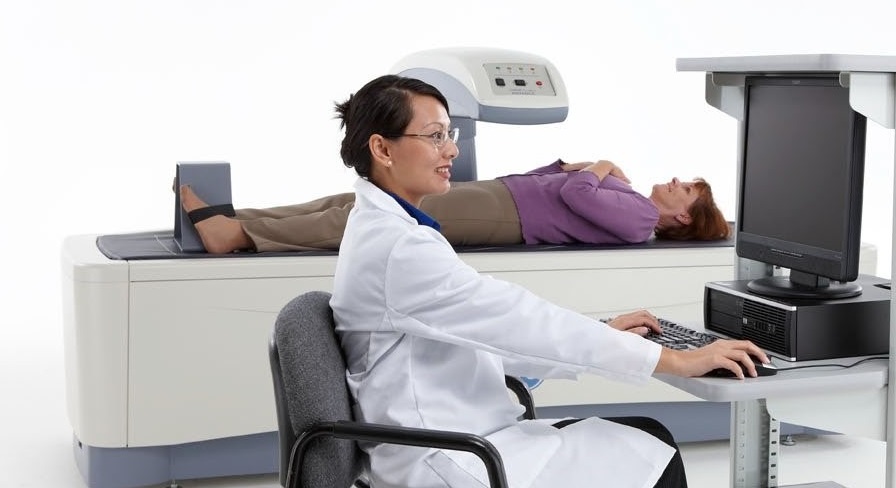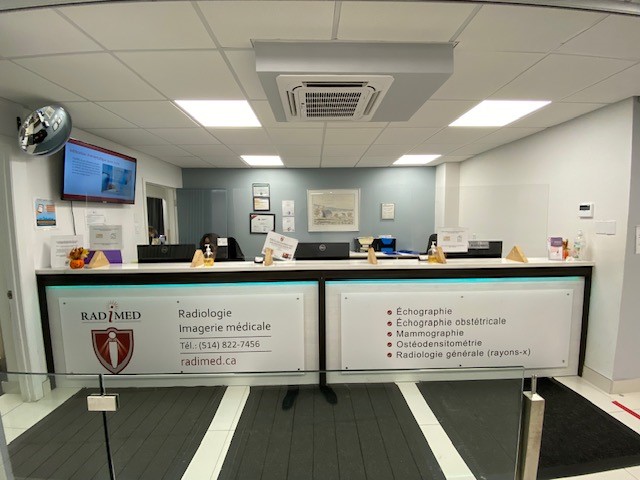Quantitative Brain MRI: An Advanced Brain Analysis



Quantitative brain MRI (also known as dementia MRI or volumetric brain MRI) is a specialized exam that analyzes the brain’s structures with high precision. Unlike a standard brain MRI, this test uses advanced software to measure the volume of different brain regions and detect early signs of neurodegeneration. Using automated post-processing tools, 135 brain compartments are mapped, allowing for a detailed and objective assessment of brain structures.
Who is this exam for?
Quantitative brain MRI can be useful in various clinical contexts. It is particularly indicated for:
-
Memory disorders and dementia evaluation: It measures atrophy in specific brain regions, such as the hippocampus, which can assist in diagnosing or monitoring conditions like Alzheimer’s disease or other forms of dementia, including frontotemporal dementia.
-
Multiple sclerosis (MS): For patients with MS, this exam helps monitor disease progression by observing volume changes in brain regions affected by chronic inflammation.
-
History of stroke (CVA): Quantitative MRI can help document the neurological impact of a stroke and support better management of cognitive recovery.
-
Concussions: Particularly useful for individuals who have experienced repeated head trauma, such as athletes in contact sports. Volumetric analysis can detect subtle brain changes that may not be visible on conventional MRI.
-
Post-traumatic stress disorder (PTSD): This exam may also be relevant to better understand the neurological effects of chronic stress or significant psychological trauma, as seen in some veterans or first responders.
How the exam works
Quantitative brain MRI is a quick and straightforward exam, lasting approximately 15 minutes. No contrast agent is required. Once the images are acquired, they are processed using specialized software that generates a detailed volumetric report, including comparisons with normative databases based on the patient’s age and sex.
Benefits of quantitative brain MRI
This exam offers several clinical advantages:
-
It is non-invasive and involves no exposure to radiation.
-
It enables earlier detection of signs of neurological decline.
-
It provides an objective tool for tracking disease progression over time.
As such, it is a valuable resource for healthcare professionals seeking a more in-depth assessment of their patients’ brain health—whether for cognitive concerns, differential diagnosis, or monitoring of an existing neurological condition.

Booking an appointment
A referral from a healthcare professional is required to undergo a quantitative brain MRI. Fees apply for this exam, and in some cases, they may be reimbursed by your insurance provider.
If you already have a referral, you can book your appointment here.

